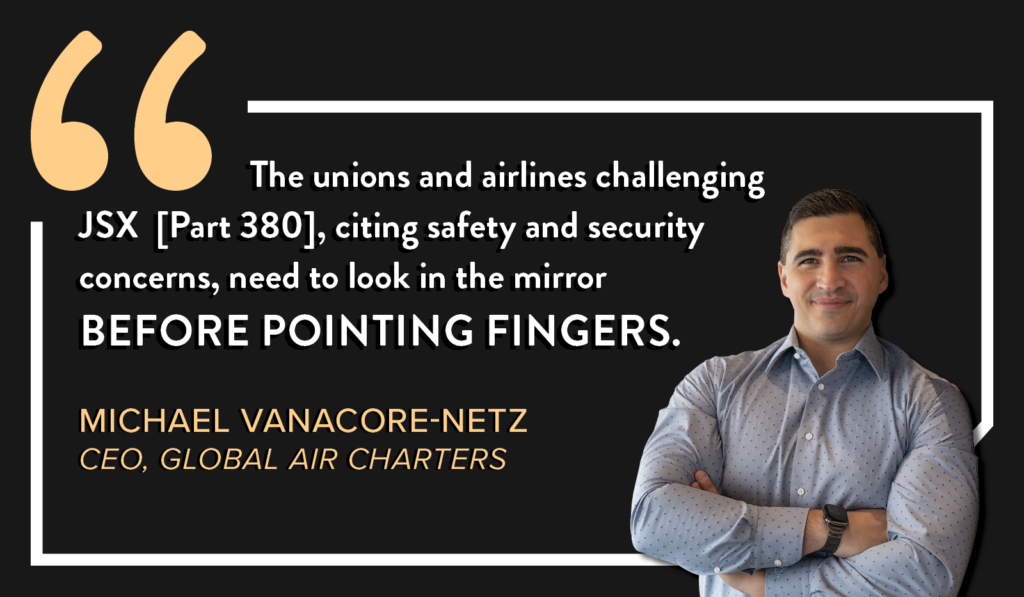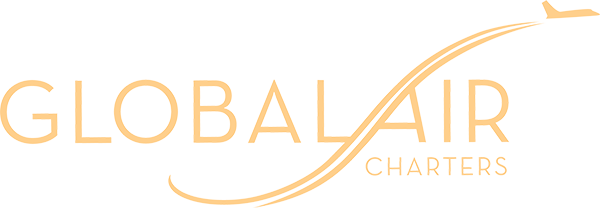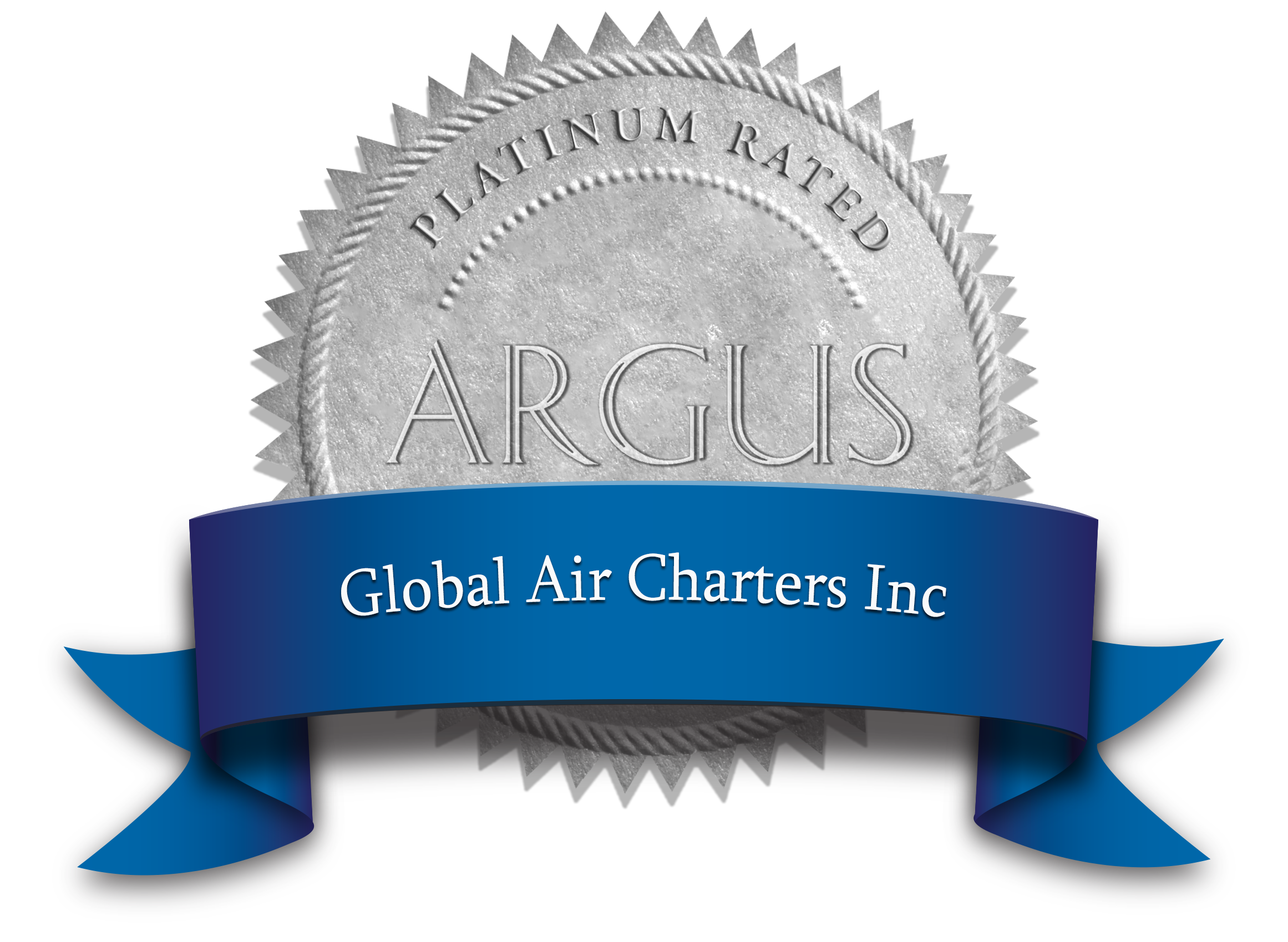The DoT is considering rulemaking that will affect how charter operations are regulated
We’ve written in the past about the several federal regulations that govern aviation in the United States. In brief, Part 121 airlines offer regularly scheduled flight services. Part 135 air carriers, like Global Air Charters, conduct on-demand charter services.
But there’s another flight services category that exists somewhere in the middle ground. Part 380 concerns a hybrid strategy called “public charter”. Its rules have recently come under fire from industry groups and elected officials.
We’d like to help explain this gray area and what the changes might mean for charter customers. We constantly analyze the regulatory landscape so our customers can determine which flight services are best for them.
Contact our flight coordinators if you have any questions about charter services.
Part 380 Defined
The Department of Transportation outlines the rules for “public charter” operations in Part 380 of the Code of Federal Regulations. Public charters are sold to the general public by an operator who markets and sells the flight. These operators contract a Part 135 air carrier to provide the flight services.
Public charters are often organized as part of all-inclusive travel packages that also include hotel stays and excursions. They can also be scheduled for large groups attending an event or festival.
The regulations in Part 380 are primarily concerned with consumer protections. They prescribe the financial and contractual aspects of public charters. They regulate the advertising and disclosures that are made available to customers. Their goal is to ensure transparency and security for passengers booking these services.
The Controversy
 Several industry groups and airline workers unions have voiced concerns about the definitions in Part 380. They allege the current framework gives Part 135 operators the ability to operate scheduled flight services in every way except name. And by doing so, they can skirt the safety, security, and personnel regulations that scheduled air carriers are subject to.
Several industry groups and airline workers unions have voiced concerns about the definitions in Part 380. They allege the current framework gives Part 135 operators the ability to operate scheduled flight services in every way except name. And by doing so, they can skirt the safety, security, and personnel regulations that scheduled air carriers are subject to.
The National Business Aviation Association has pushed back, questioning the FAA’s rationale for the changes. They argue that safety is the industry’s top priority and the data under the current framework proves it. Charter operators also argue the changes would needlessly raise their compliance costs. Some charter consumers predict those costs will be passed on to them.
The proposed changes have also caused concern from rural airports. They point out that public charters are essential services for remote locales not served by major airlines. They fear the changes could make it less financially attractive for charter operators to serve their regions.
Congress to Act Soon
A bipartisan group of U.S. lawmakers has recently moved to introduce a bill they call the Safer Skies Act. The bill would require Part 380 operators to meet the same security standards as Part 121 scheduled airline operators. Additionally, the FAA may revisit the definitions in Part 135 for charter operators flying under Part 380.
These rules could take some time to go into effect. Typically, any proposed FAA rule change involves a public comment period followed by a round of revisions. When the final rule is published, there is often a grace period for operators to adjust to the new framework.
Part 380 Ruffles Feathers
Michael Vanacore-Netz, CEO of Global Air Charters, has watched this issue unfold with vested interest.
“The airlines and trade unions spend millions of dollars to lobby Congress and end competition through the legal system,” Vanacore-Netz said. “The fact is that air carriers such as JSX have created a good product at an attractive price point. This product is hurting the bottom line of the airlines and forcing them to act.”
Operating 78 aircraft as of August 2024, JSX routinely flies to two dozen private terminals in California, Nevada, Arizona, Utah, Colorado, New Mexico, Texas, Florida, New Jersey, New York, and Mexico.
JSX began air carrier operations in 2016 backed by JetBlue and Qatar Airways. They have codeshare agreements with JetBlue, and JSX passengers can earn miles towards United Airlines MileagePlus program. JSX is a fully functional, professionally-run air carrier observing the rules, regulations, and policies created under 14 CFR 135.
Vancore-Netz continued, “Rather than enhance their product offerings, increase operational efficiencies, lower costs, and pass those savings onto the consumer, airlines have instead opted to try and block the competition from existing.”
Part 380 as a Weapon
According to Vanacore-Netz, the trade unions and airlines use safety and security as a weapon to block competition.
 “Organizations like JSX follow the rules and have a great safety, security, and training record. There has been no indication flying on JSX is any more dangerous to the public than traveling on a flag carrier. In fact, I would argue the opposite,” he explained. “JSX offers a better product for its route network, better on-time performance, and a better overall passenger experience than many others.”
“Organizations like JSX follow the rules and have a great safety, security, and training record. There has been no indication flying on JSX is any more dangerous to the public than traveling on a flag carrier. In fact, I would argue the opposite,” he explained. “JSX offers a better product for its route network, better on-time performance, and a better overall passenger experience than many others.”
“I would ask airlines such as American, United, and Alaska…what are they doing to ensure their airframes are safe and secure? The JSX product is built on an airline platform in the Embraer 135 & 145. This family of airframes has a great track record, is utilized by domestic U.S. airlines, and has a zero-fatality accident record. The unions and airlines challenging JSX, citing safety and security concerns, need to look in the mirror before pointing fingers.”
“I personally challenge the airlines to release their ASAP data to the traveling public,” Vanacore-Netz said.
Airlines and trade unions could be facing a ‘be careful what you wish for’ situation. Currently, organizations that fly under the DOT 380 rule, like JSX, face a number of limitations including:
- operating airframes with 30 seats or fewer
- airframes that were originally built to carry no more than 60 passengers
- the amount of city pairs they can serve.
If these organizations become 121 airlines, they’ll have the opportunity to offer more products and more services. They will also compete more closely with the current establishment of flag carriers within the United States.
The Future of Part 380
We will keep our customers updated on the outcome of the Part 380 rulemaking. As always, contact us anytime to learn more about your charter options.




